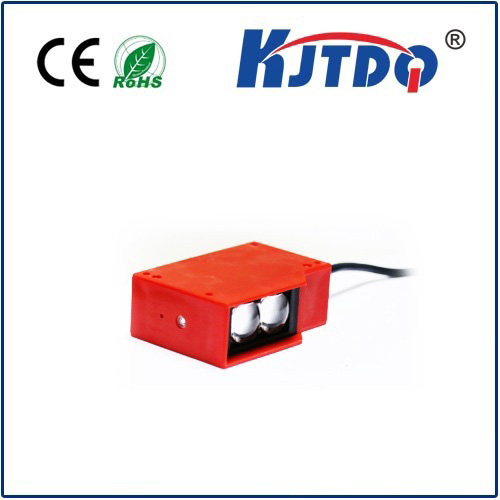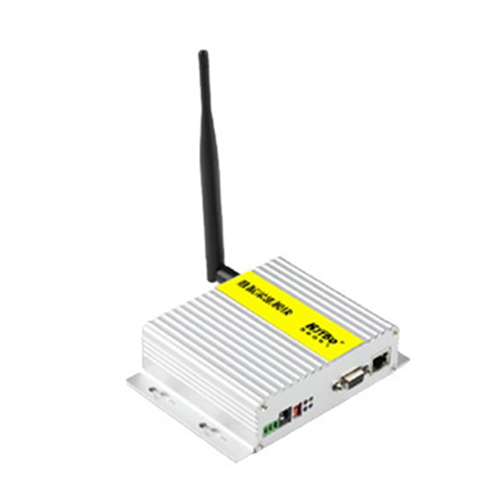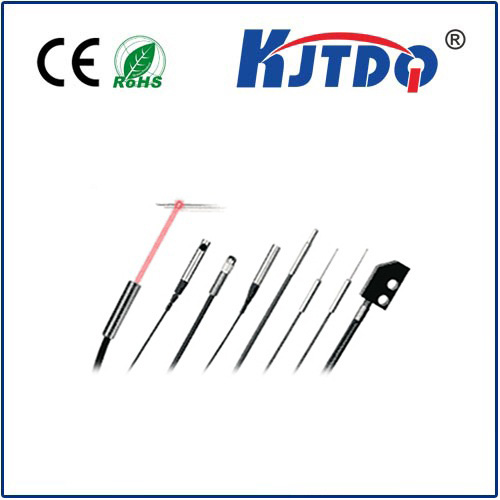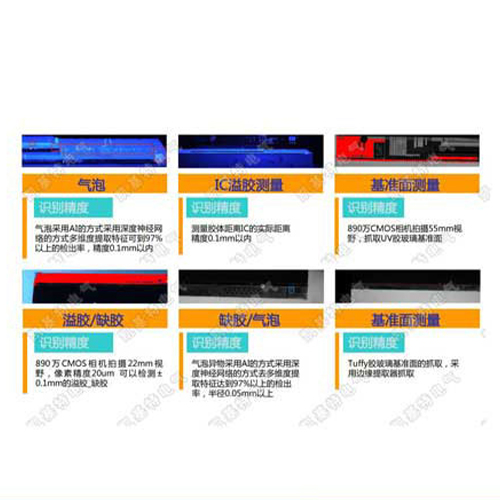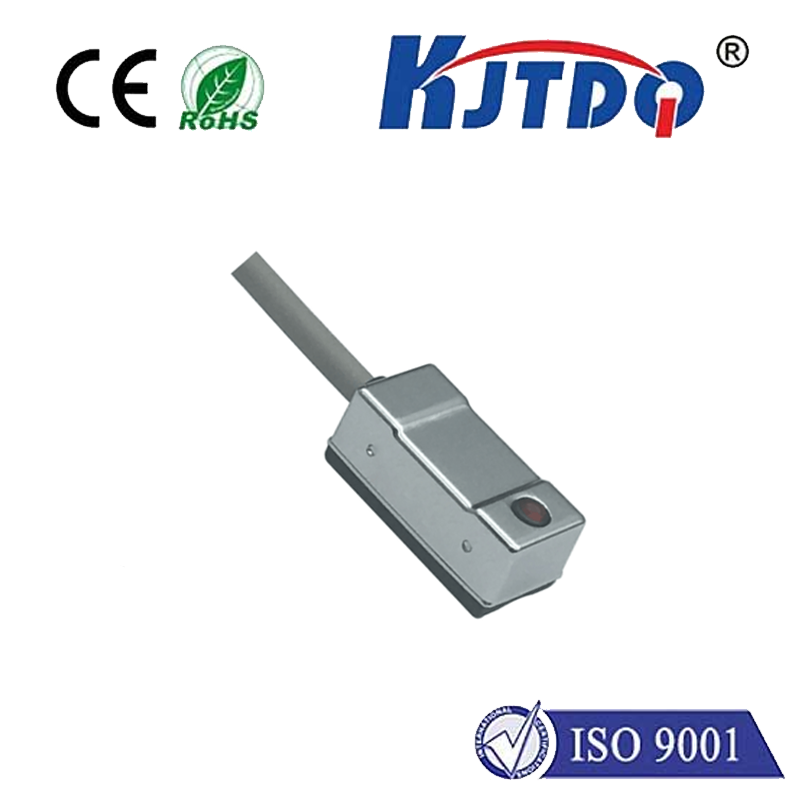regent photoelectric control
- time:2025-07-26 02:43:22
- Click:0
Regent Photoelectric Control: Illuminating Efficiency and Reliability in Modern Automation
In the intricate ballet of modern manufacturing, packaging, logistics, and countless automated processes, one fundamental question persists: How do machines consistently and accurately “see” and react to objects? The answer often lies in unsung heroes – photoelectric sensors. And when demanding applications require peak performance, solutions like Regent Photoelectric Control emerge as critical components. These sophisticated devices harness the power of light, offering unparalleled reliability, versatility, and precision for detecting presence, position, absence, or characteristics of objects without physical contact. Understanding their function and the value proposition of brands like Regent is key to unlocking greater efficiency and robustness in automated systems.
The Core Principle: Light as the Messenger
At its heart, photoelectric control is elegantly simple. It operates on the principle of transmitting a light beam (visible, infrared, or laser) and analyzing what happens to it upon encountering a target object. Depending on the technology and application needs, the sensor interprets changes in the beam:
- Broken Beam (Through-Beam): An emitter sends a beam to a separate receiver. An object interrupting this beam triggers detection. This offers the longest sensing ranges and highest reliability.
- Reflected Beam (Retroreflective): The emitter and receiver are housed together. The beam bounces off a fixed reflector back to the receiver. An object breaking this return path triggers detection.
- Diffuse Reflection (Proximity): The emitter and receiver are together. The sensor detects the light reflected directly off the target object itself. Detection depends on the object’s reflectivity, size, color, and distance. Offers simpler installation with a single unit.
- Convergent Beam (Fixed Focus): A specific type of diffuse sensor where the emitter and receiver lenses are focused to converge at a precise point. Only objects passing exactly at this focal point reflect sufficient light to trigger detection. Ideal for small object detection or height verification.
Why Regent Photoelectric Control Stands Out

While the basic physics of photoelectric sensing is universal, the implementation, component quality, and design philosophy differentiate solutions in the marketplace. Regent photoelectric sensors are engineered to meet the rigorous demands of industrial environments. Key attributes contributing to their reputation include:
- Exceptional Reliability: Built with robust materials and high-grade optical components, Regent sensors offer long service life and resistance to shock, vibration, and common industrial contaminants. Consistent, dependable performance minimizes costly downtime.
- Superior Environmental Tolerance: Advanced designs feature high Ingress Protection (IP) ratings, shielding sensitive electronics from dust, water washdowns (IP67, IP69K), oils, and coolants. Temperature tolerance ranges often exceed standard industry specs.
- Precision Detection: Utilizing high-quality emitters and sensitive receivers, Regent photoelectric control enables detection of tiny objects, subtle differences in surface reflectivity, or precise positioning. Fine adjustment potentiometers or sophisticated teach-in methods ensure accurate setup.
- Robust Versatility: Offering a wide portfolio - including miniature sensors, long-range models, high-speed variants, fork sensors, color sensors, luminescence sensors, and fiber optic versions – ensures a Regent photoelectric solution exists for almost any detection challenge, from counting pills to positioning heavy pallets.
- Innovation & Features: Incorporating modern features like background suppression (ignoring objects beyond the set focal point), polarized filters (to reduce false triggers from reflective backgrounds), IO-Link connectivity for Industry 4.0 integration, and teachless auto-calibration simplifies setup and enhances performance.
- Supply Chain Resilience: As a recognized brand often backed by global manufacturing and distribution networks, Regent offers reliability not just in performance, but also in product availability and support.
Illuminating Diverse Applications
The adaptability of photoelectric sensors makes them ubiquitous. Regent photoelectric control finds critical roles across countless sectors:
- Packaging: Detecting film webs, verifying case/tray presence, counting bottles/cans, controlling fill levels, label detection and verification. Ensuring product integrity and throughput.
- Material Handling: Guiding AGVs, triggering conveyor stops/starts, detecting pallets, verifying box flap closure, monitoring stack heights. Smoothing logistics flow.
- Automotive: Assembly line part presence/absence verification, robot guidance, component positioning, inspection systems (gaps, seals). Crucial for precision assembly.
- Food & Beverage: Detecting objects on high-speed lines (cans, bottles, packages), checking fill levels, verifying cap presence, detecting transparent films or glass containers. Requires high hygiene ratings.
- Pharmaceutical & Medical: Precise positioning of vials/syringes, counting pills/capsules, verifying blister pack contents, detecting clear objects. Demands ultimate reliability and cleanliness.
- Printing & Paper: Web break detection, edge guiding, splice detection, verifying sheet count. Preventing costly jams and waste.
- Electronic Assembly: PCB presence/positioning, component verification, detecting minute parts on pick-and-place lines. Requires high precision and small form factors.
Implementing Regent Photoelectric Sensors Effectively
Maximizing the performance of any photoelectric control system requires careful consideration:
- Choose the Right Sensing Mode: Carefully analyze the application – target size, material, color, required range, mounting constraints, and potential environmental interference – to select the optimal type (through-beam, retroreflective, diffuse, convergent).
- Mind the Environment: Dust, fog, steam, ambient light (especially sunlight), temperature extremes, vibration, and washdown processes significantly impact sensor choice. Regent’s wide range offers solutions optimized for harsh conditions.
- Optimize Mounting: Ensure stable mounting and precise alignment, especially for through-beam and retroreflective types. Minimize vibration. Protect sensors from physical damage.
- Tune Sensitively: Utilize potentiometer adjustments, push-button teaching, or remote IO-Link commands to set the switching point accurately for consistent operation without false triggers or missed detections. Take advantage of features like background suppression where applicable.
- Consider Electrical Interface: Ensure compatibility with your PLC or machine controller (NPN/PNP, NO/NC, voltage levels). IO-Link models offer enhanced diagnostics and parameterization.
- Leverage Diagnostics: Many Regent sensors incorporate status LEDs or IO-Link diagnostics to aid troubleshooting and preventive maintenance.
The Future is Bright: Embracing Smarter Sensing
As automation progresses towards greater intelligence and interconnectedness (Industry 4.0/IIoT), photoelectric sensors, including those from Regent, are evolving. IO-Link connectivity transforms them into smart devices, enabling remote configuration, real-time performance monitoring, predictive maintenance alerts













